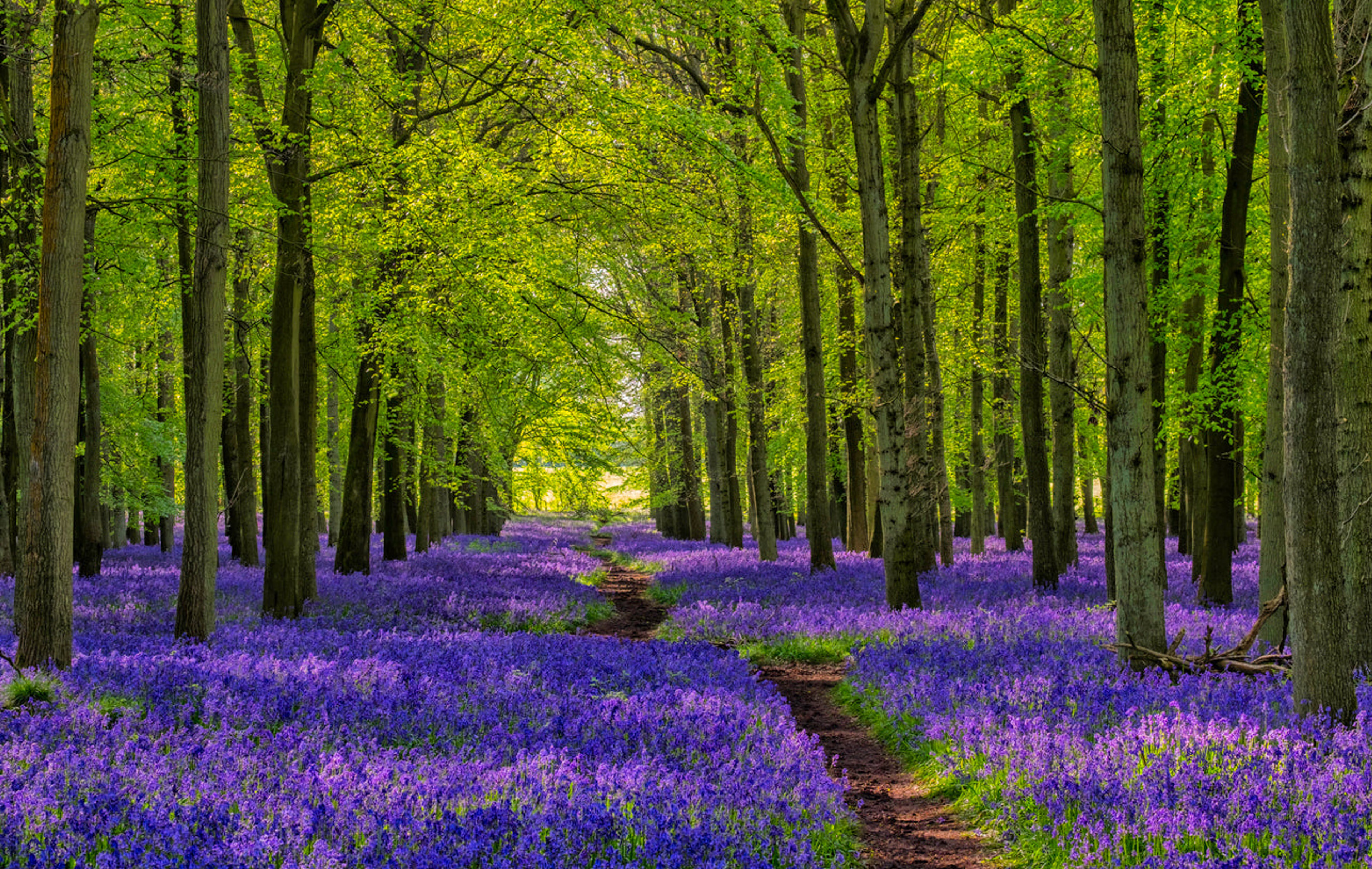26th April 2023
A brief history of funerals & funerary rites
By Tracey Gelder

If you think the idea of a ‘natural burial’ is all very modern and nothing like a traditional funeral, you may be surprised to discover that it actually has a great deal more in common with how things have been done for the vast majority of human history.
Perhaps that shouldn’t be so surprising – after all, for most of that time, our ancestors only had natural things to work with, so any burials or cremations would only have used biodegradable materials. In other words, what we now call a green burial is as old as humanity itself.
Let’s step back in time and try to understand how we in the West have changed the way we deal with our dead over the millennia we have been around.
A History of Funerals
Funerals, a Pre-history
In our earliest and most primitive incarnations, the dead would have pretty much been left to rest where they fell.
Although groups of remains have been discovered dating as far back as 200,000 years, for instance in Atapuerca in Spain, there is no suggestion that these were anything other than the result of disposal or some other non-ritualistic cause.
Circa 35,000 – 65,000 years BCE
Among the earliest remains that can be said with confidence to have been buried using some kind of funerary rites are Neanderthals discovered in the Shanidar Caves in northern Iraq. Here, remains were found of ten bodies, with evidence suggesting that flowers had been laid on top of their final resting place.
Circa 10,000 – 15,000 years BCE
As homo sapiens took over from other early humans, more clearly definable funerary rites began to be practiced, with items belonging to or associated with the deceased being interred with their remains.
These would initially include things like basic jewellery and other trinkets, but as we began to develop religious ideas and develop the concept of an afterlife, the dead began to be buried with items that might be helpful on their journey.
The Egyptians would eventually turn such funerals into major events, with the immense tombs of some of the pharaohs still standing some 3,000 years after they were built, although much of the treasure buried within them was looted long ago.
The Egyptians also practiced embalming to preserve bodies, but instead of using chemicals like we do today, the body was dried out in a process known as mummification.
Circa 3,000 – 1,000 years BCE
During this period, we began to form more permanent communities, and as a result the earliest cemeteries have been dated to this period.
However, unlike the dedicated burial grounds of today, they were usually in public areas where markets and other events would also take place.
The dead would normally be laid to rest in a simple shroud or a basic wooden coffin – so very similar to how bodies are interred in today’s natural burial sites!
1,000 BCE – 400 years AD
Although cremation was certainly practiced before this era, it became perhaps the predominant means of disposing of the dead during this period, as first the Greeks adopted it almost wholesale, partly as a healthier and more efficient way of disposing of the many war dead this violent era created.
The Romans also practiced cremation almost exclusively, with wealthier citizens having their ashes buried in elaborately decorated urns and interred in monuments lining the roads leading in and out of the city.
Circa 400 AD – 19th century
The rise of what we think of as the modern funeral really began with the spread of Christianity from about 400 AD. Cremation didn’t just go out of fashion in Christian countries; in some parts of Europe, it was actually forbidden by law, and was even used as a posthumous means of punishment for heresy in some cases.
The main reason, of course, was the belief in the physical resurrection of the body at the time of the Second Coming. Christian belief at the time also meant that bodies needed to be buried in consecrated ground, so large cemeteries grew around churches, occupying increasing amounts of valuable space, especially in our towns and cities.
Late 19th century – today
The last 150 years or so has seen a dramatic resurgence in the popularity of cremation as many societies have become increasingly secular, although in many countries public health reasons and lack of space for burials have also been cited.
The first crematorium in the western world opened in this period – in 1876 in Milan – while the first official cremation in the UK took place in Woking in 1885. By 2017, the proportion of those being cremated had risen to over 77%.

Funerals today and into the future
Today, Tithe Green is part of an exciting and growing movement that is helping people ensure that their deaths do not just not introduce damaging materials into the soil or the air, but also play an important role in improving the local environment and boosting essential biodiversity.
And how are we doing that? Simply by going back in many ways to the habits of our ancestors, eliminating all the unnecessary modern extras that have been contributing to climate change, and creating beautiful woodland and wildflower locations that people can enjoy as much for their peace and tranquility as places to celebrate lost loved ones.
Find out more about natural burials by Tithe Green by getting in touch with our friendly team today – or book your woodland or wildflower meadow spot online now.
We have three sites throughout the East Midlands, including:



